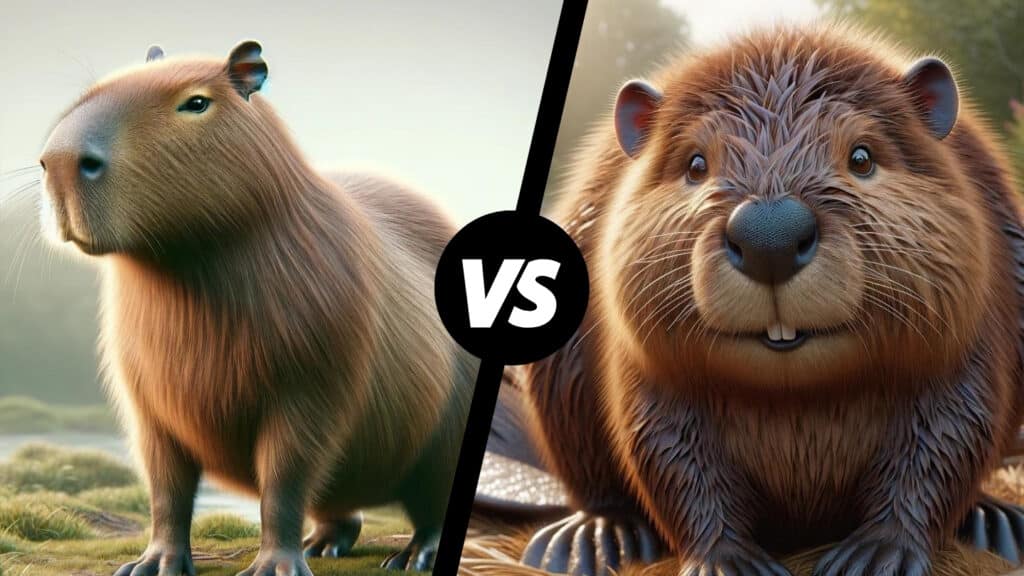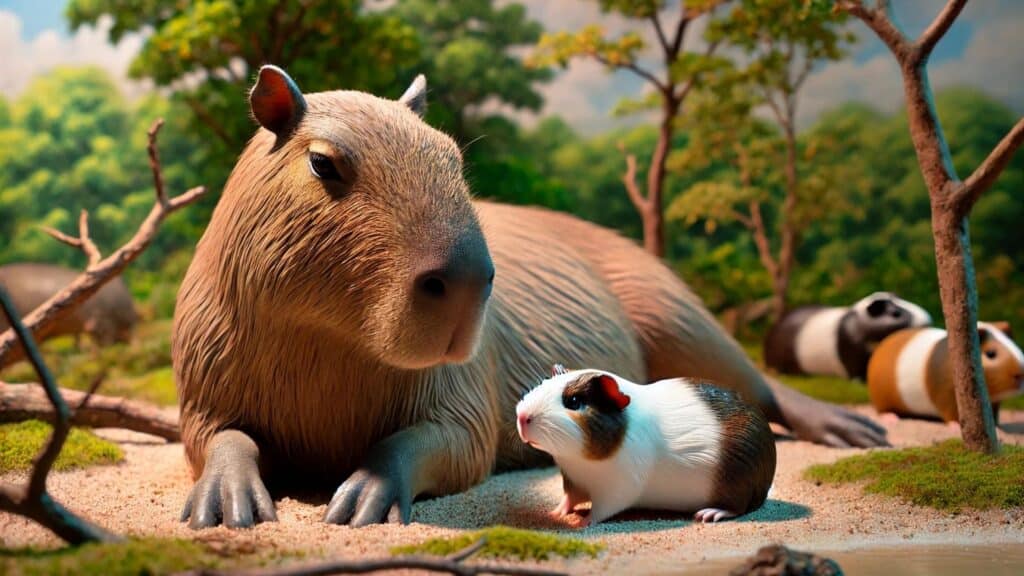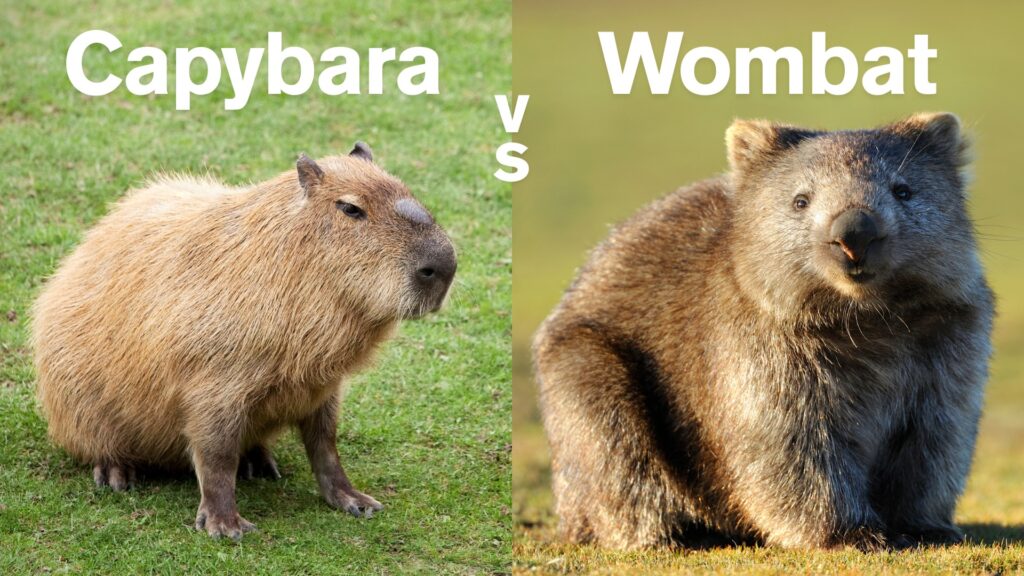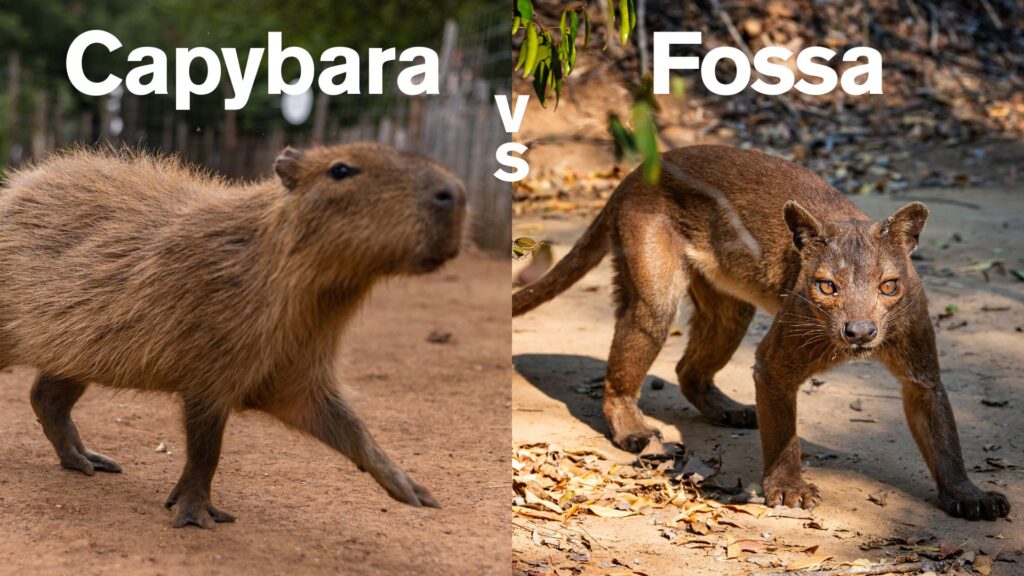Capybaras and nutrias are both large rodents, but that’s where the similarities start to fade. Capybaras are the undisputed kings (or queens) of the rodent world, while nutrias are smaller and more reclusive. They are native to different regions, with capybaras primarily found in South America and nutrias in both South America and North America. The capybara has a more docile nature compared to the more aggressive nutria.
Main Key Differences
Let’s break down the most important distinctions:
- Size: Capybaras win by a landslide, they are the world’s largest rodents!
- Social Structure: Capybaras live in much larger, more complex groups than nutrias.
- Temperament: Capybaras are incredibly docile, while nutrias can be more defensive.
- Environmental Impact: Nutrias are considered an invasive species in some areas due to their destructive habits.
While both capybaras and nutrias are comfortable in the water, it’s interesting to see how capybaras behave around aquatic birds like pelicans.
Comparative Table
| Characteristic | Capybara | Nutria |
|---|---|---|
| Kingdom | Animalia | Animalia |
| Phylum | Chordata | Chordata |
| Class | Mammalia | Mammalia |
| Order | Rodentia | Rodentia |
| Family | Caviidae | Myocastoridae |
| Genus | Hydrochoerus | Myocastor |
| Species | H. hydrochaeris | M. coypus |
| Weight | 77-146 lbs | 10-20 lbs |
| Height/Size | 2 feet tall, 4 feet long | 1.5 feet tall, 2 feet long |
| Physical Characteristics | Large, barrel-shaped body, blunt muzzle, partially webbed feet | Smaller, rat-like appearance, long whiskers, webbed feet |
| Life Expectancy | 8-10 years (wild) | 6-8 years (wild) |
| Grooming | Social grooming, mud baths | Self-grooming |
| Hunting ability | None | None |
| Loneliness | Highly social, suffer without a group | Can be solitary or in groups |
| Space | Require ample space | Need less space than capybaras |
| Affection | Can be affectionate | Can be affectionate, but less so than capybaras |
| Protection | Defensive in groups | Defensive when threatened |
| Energy | Moderate energy | Moderate energy |
Behavior
Capybaras: These gentle giants are the epitome of chill. They live in large social groups, grazing peacefully and soaking in water holes. Capybaras are known for their accepting nature – they even get along with other animal species!
Nutrias: Nutrias are more independent and semi-aquatic. While they gather in groups, they are more territorial than their easygoing capybara cousins. Nutria can sometimes be destructive due to their burrowing and feeding habits.
While nutria and capybaras both excel in aquatic environments, wombats have evolved completely different strategies for survival in their native habitat.
Alongside nutria, another interesting comparison comes with burrowing animals such as marmots, which live in entirely different environments.
Personality

Capybaras: Think of capybaras as the friendly golden retrievers of the rodent world. They’re relaxed, amiable, and generally unfazed by their surroundings.
Nutrias: While they can be kept as pets, nutrias are more unpredictable. Their territorial nature makes them less predictable and potentially more aggressive, especially when they feel threatened. In the wild, this trait helps them defend their territory and resources.
Capybaras have distinct dietary habits compared to nutrias. For a closer look at what capybaras eat and how to properly feed them if you’re considering one as a pet.
Intelligence
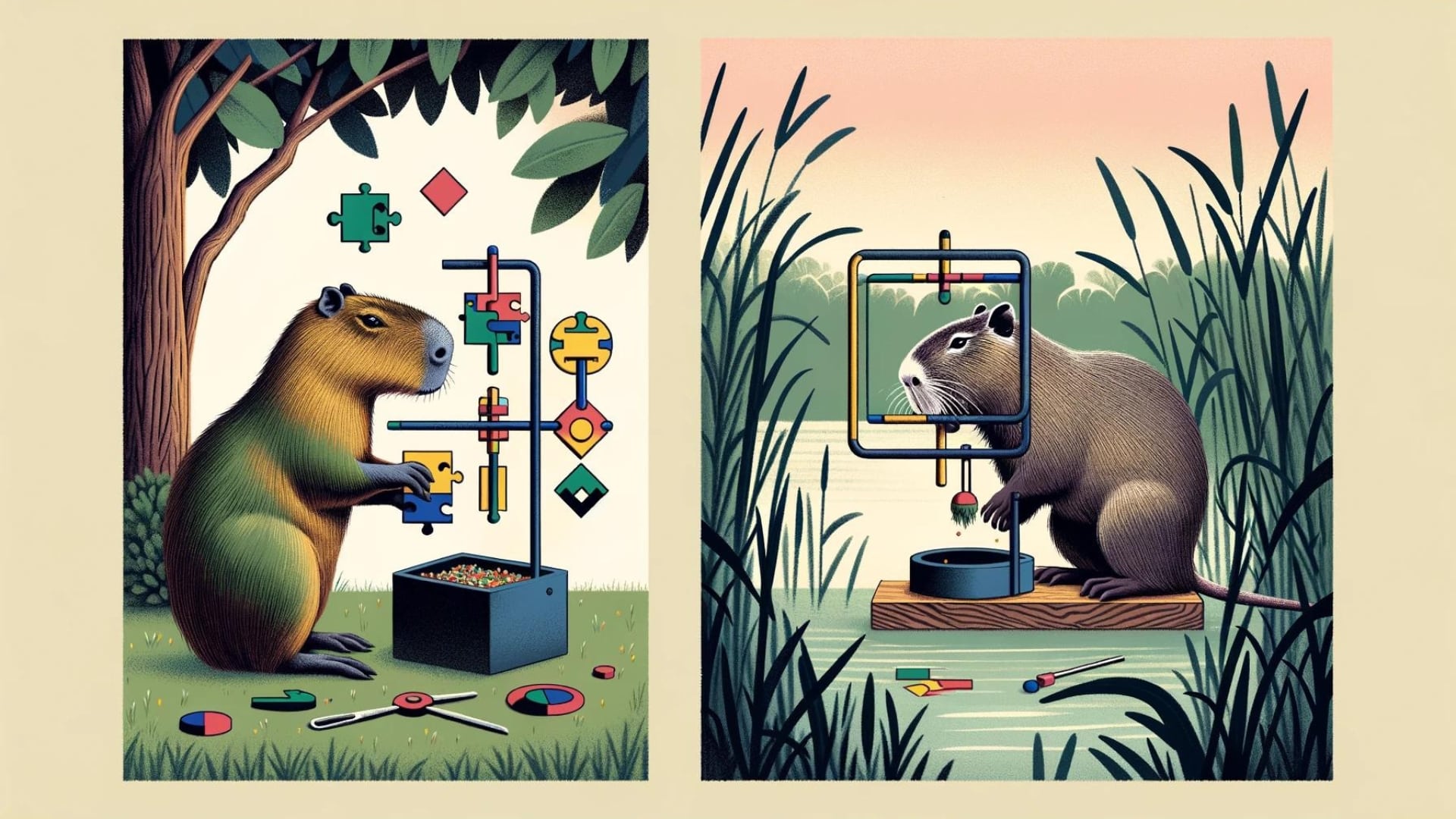
Capybaras: They exhibit problem-solving abilities and adapt quickly to changes in their environment. Their social structure may also play a role in their cognitive development, as they learn from and communicate with each other.
Nutrias: Nutrias are also clever but in a more survival-oriented way. They adapt quickly to new environments and are skilled at finding food and shelter.
Help your little ones understand the difference between these animals with adorable coloring pages for kids.
Swimming Power

Capybaras: Semi-aquatic masters! Capybaras have webbed feet and can even hold their breath underwater for several minutes.
Nutrias: Excellent swimmers as well. They also have webbed feet, but generally spend less time fully submerged compared to capybaras.
The fascinating role of capybaras in cultural traditions, especially during Lent, can be explored further as why capybaras have historically been considered fish during this religious period.
Running Speed
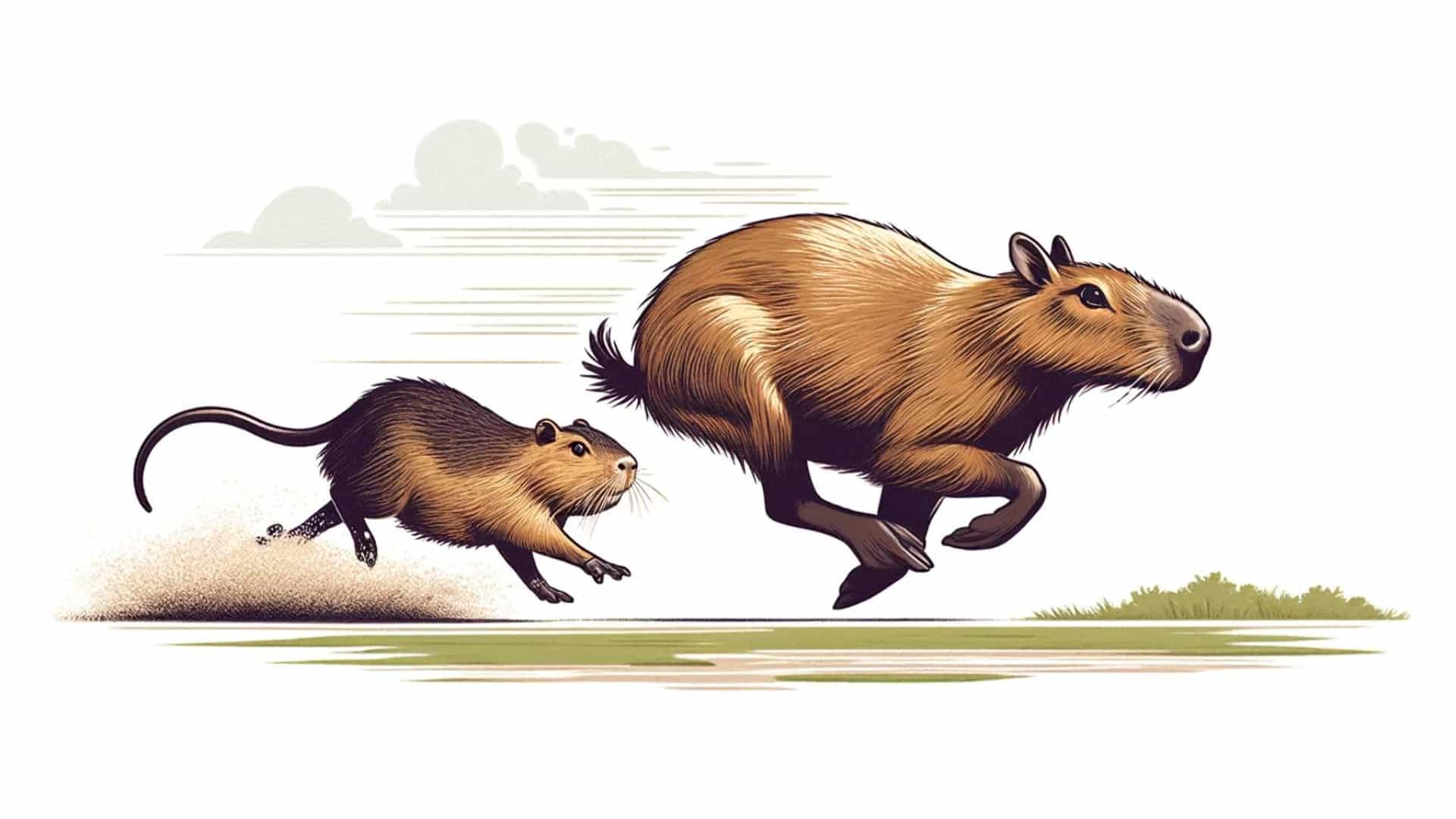
Capybaras: Surprisingly quick on land, they can sprint to escape danger. Their short bursts of speed are an essential survival mechanism in the wild.
Nutrias: While not as fast as capybaras, nutrias can still move quickly when necessary. This ability helps them evade predators and navigate their environment effectively. Looking for cute plushies? Buy from our blog.
Body Language
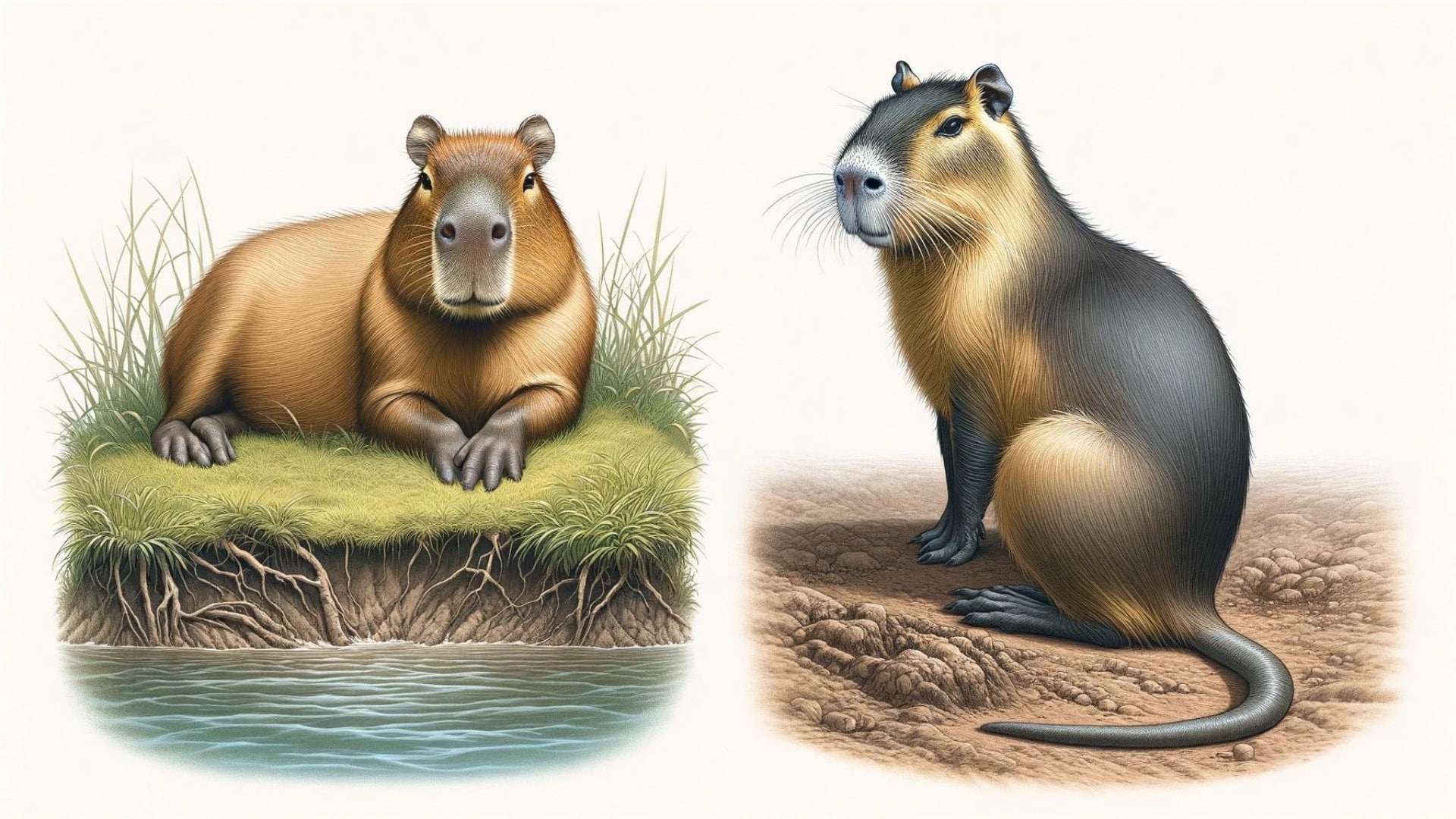
Capybaras are vocal creatures, using a range of sounds like barks, whines, and purrs to communicate with each other. Their body language, including postures and movements, is also a crucial part of their social interactions.
Nutria communication methods are less studied, but they do use vocalizations to interact with each other. Their body language is more subtle and less understood than that of capybaras.
If you’re intrigued by the unique traits of capybaras and considering if you could own one, it’s essential to understand local laws. Learn more about the legalities of owning a capybara in specific states like Arizona and Michigan by checking out our in-depth articles on these topics. If you’re interested in how capybaras fare against non-rodent animals, don’t miss this insightful look at their differences with the fossa, a skilled predator from Madagascar.
Conclusion
Capybaras and nutrias, while both fascinating rodents, exhibit distinct characteristics and behaviors. The capybara’s gentle and social nature contrasts with the nutria’s more solitary and territorial tendencies. Their varying intelligence, aquatic abilities, and physical attributes further emphasize the diversity within the rodent family. Understanding these differences not only enriches our knowledge of these creatures but also highlights the importance of respecting and preserving their unique habitats and lifestyles.
Capybaras face threats from habitat loss due to agriculture and ranching. They are also hunted for their meat and fur in some areas.
Nutrias can become invasive species when introduced to new environments, as they reproduce quickly and can damage ecosystems. Efforts are underway to control nutria populations in some regions.
By learning more about these fascinating rodents, we can become better stewards of their environments and ensure their survival for generations to come.
If the differences between capybaras and nutrias have piqued your interest, you might also enjoy our comparison of capybaras with another water-loving rodent: the beaver.
